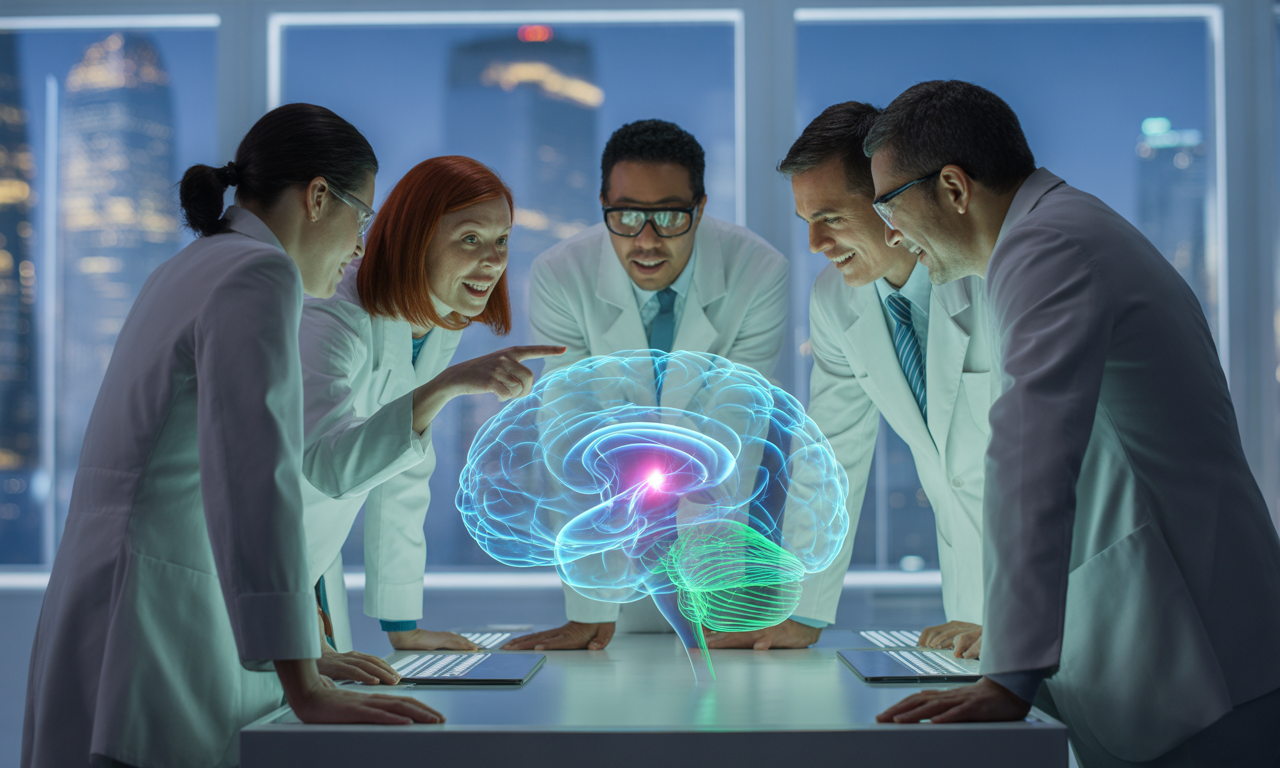UPenn scientists show retrosplenial complex and superior parietal lobule form an internal compass, stabilizing facing direction during navigation.
✨ What’s New
Researchers at the University of Pennsylvania have identified two brain regions—the retrosplenial complex (posterior-medial cortex) and the superior parietal lobule—that function as an internal neural compass, maintaining a stable sense of facing direction during complex navigation in virtual cityscapes.
🧪 How the Study Worked
Participants were 15 healthy adults who performed realistic “taxi-driving” pick-up and drop-off tasks in virtual cities. Functional MRI (fMRI) tracked brain activity while routes, viewpoints, and city layouts changed, allowing scientists to isolate signals related to forward-facing direction.
🔎 Key Findings
- Stable directional coding: The retrosplenial complex and superior parietal lobule encoded facing direction robustly despite changes in visuals, location, and task phase.
- Environment-anchored signals: Directional activity aligned to the environment’s principal axis (e.g., north–south) rather than relying solely on local landmarks—consistent with a true neural compass.
- Broad heading representation: Encoding analyses suggested these regions represent a wide range of possible headings, supporting consistent orientation in complex, dynamic environments.
🧠 Why This Matters
- Human navigation: Extends classic rodent “head-direction cell” findings by demonstrating a compass-like mechanism in humans during active navigation.
- Clinical implications: Disorientation is an early feature of Alzheimer’s and other dementias; understanding compass-like coding may aid earlier detection, monitoring, and targeted interventions.
- Accessibility: Because orientation signals persist beyond immediate visual cues, insights may inform low-vision navigation strategies that leverage internal and global environmental cues.
🗣️ Expert Perspective
The authors emphasize that loss of direction is common in neurodegenerative disease. Continued research on these regions could support earlier diagnosis, track disease progression, and guide rehabilitation that integrates visual and internal navigation signals.
✅ Takeaways for Content and Patient Education
- A consistent, environment-anchored “facing direction” signal exists in specific human brain networks.
- This compass-like system helps maintain orientation even when scenes change.
- Clinical relevance spans dementia screening, monitoring, and assistive navigation approaches.
❓ Suggested FAQ
- What is the brain’s “internal compass”?
Neural mechanisms in the retrosplenial complex and superior parietal lobule that maintain a stable facing direction across changing environments. - How was this studied?
fMRI during virtual reality taxi-driving tasks with varying routes, visuals, and city layouts. - Why is this important for Alzheimer’s disease?
Disorientation can occur early; mapping compass-like coding could help detect or monitor neurodegenerative changes sooner. - Does this rely on landmarks?
Signals align with the environment’s principal axis (e.g., north–south) and remain stable despite visual changes, indicating reliance on internal and global cues. - Could this help people with low vision?
Understanding internal navigation cues may inform training and assistive strategies beyond visual landmarks.
🏢 About DNA Labs India
DNA Labs India supports clinicians, researchers, and patient communities with advanced genetic and molecular testing solutions, patient education resources, and evidence-based content development. For collaborations on neurology- and dementia-focused initiatives, connect with the team.



